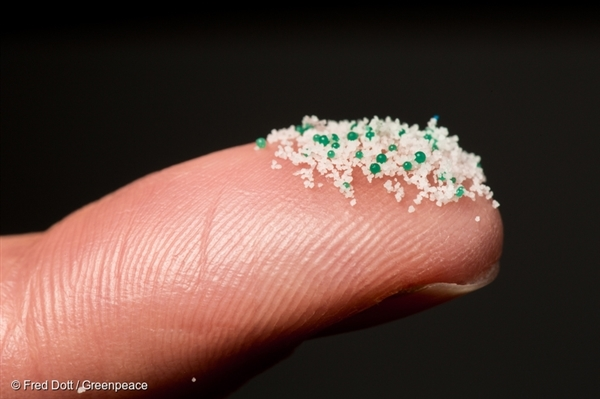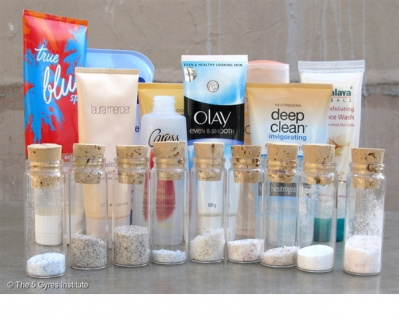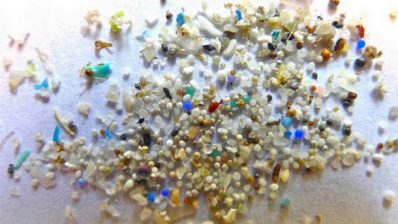Is cellulose the answer to eco-friendly microbeads?

The race has been on to find alternatives to plastic microbeads after a growing body of evidence pointed to the fact that waterways and oceans worldwide now have high levels of pollution caused by tiny microbeads.
Those microbeads are formulated in a variety of personal care products, especially facial and body scrubs, but also in products such as sunscreens and toothpaste to give them an improved texture.
Race to beat the ban
The plastic beads, which are often less than 0.5mm in size are too small to be removed by sewerage filtration systems, consequently ending up in waterways and oceans, where they are digested by marine life and mammals causing potentially dangerous toxicity.
As a consequence governments worldwide, including Canada, the US, UK and Australia have taken regulatory steps to outlaw the use of the mcirobeads, making the search for more viable materials all the more pressing.
The researchers from the University of Bath’s Centre for Sustainable Chemical Technologies (CSCT) say they could use cellulose from a range of “waste” sources, specifically the paper making industry as a renewable source of raw materials to make the biodegradable microbeads.
Renewable and biodegradable source
The researchers findings have been published in a recent edition of the ACS Sustainable Chemistry and Engineering.
“Microbeads used in the cosmetics industry are often made of polyethylene or polypropylene, which are cheap and easy to make. However these polymers are derived from oil and they take hundreds of years to break down in the environment,” said Dr Janet Scott, Reader in the Department of Chemistry and part of the CSCT.
“We’ve developed a way of making microbeads from cellulose, which is not only from a renewable source, but also biodegrades into harmless sugars. We hope in the future these could be used as a direct replacement for plastic microbeads.”
The production process
The beads are made from a straight forward process, through a cellulose solution that is forced through tiny holes in a tubular membrane, creating spherical droplets that are flushed away using vegetable oil, resulting in the cellulose beads.
The researchers says that the physical properties of the beads can be changed according to the structure of the cellulose, which means both the size and the texture of the beads can be changed.
Moving forward, the researchers have secured funding of £1 million by the Engineering& Physical Sciences Research Council to develop the beads and will work with industrial partners to develop beads specific for a variety personal care formulations.




















